Student engagement is at the heart of effective teaching and learning, shaping not only academic outcomes but also students’ motivation, well-being, and future success. In today’s classrooms, fostering genuine engagement can be challenging, yet it remains essential for helping students develop curiosity, resilience, and a lifelong love of learning. This article explores what student engagement truly means, why it matters, and practical strategies educators can use to create more interactive and meaningful learning experiences. Whether you’re looking to boost hybrid classroom participation, deepen understanding, or build a stronger classroom community, the insights and tools here will help you make engagement a central part of your teaching practice.
What is Student Engagement?
Student engagement is all about how connected students feel to their learning. It's when students actively join in classroom activities, share their ideas, and show genuine interest in what they're learning. Engaged students don't just sit there taking notes. They ask questions, collaborate on smart boards for classrooms, make connections to things they already know, and get excited about the material. Student engagement happens when kids care about what they're doing, whether it's solving a math problem, joining a class discussion, or working on a creative project. When students are truly engaged, the classroom comes alive with energy, and better learning happens.
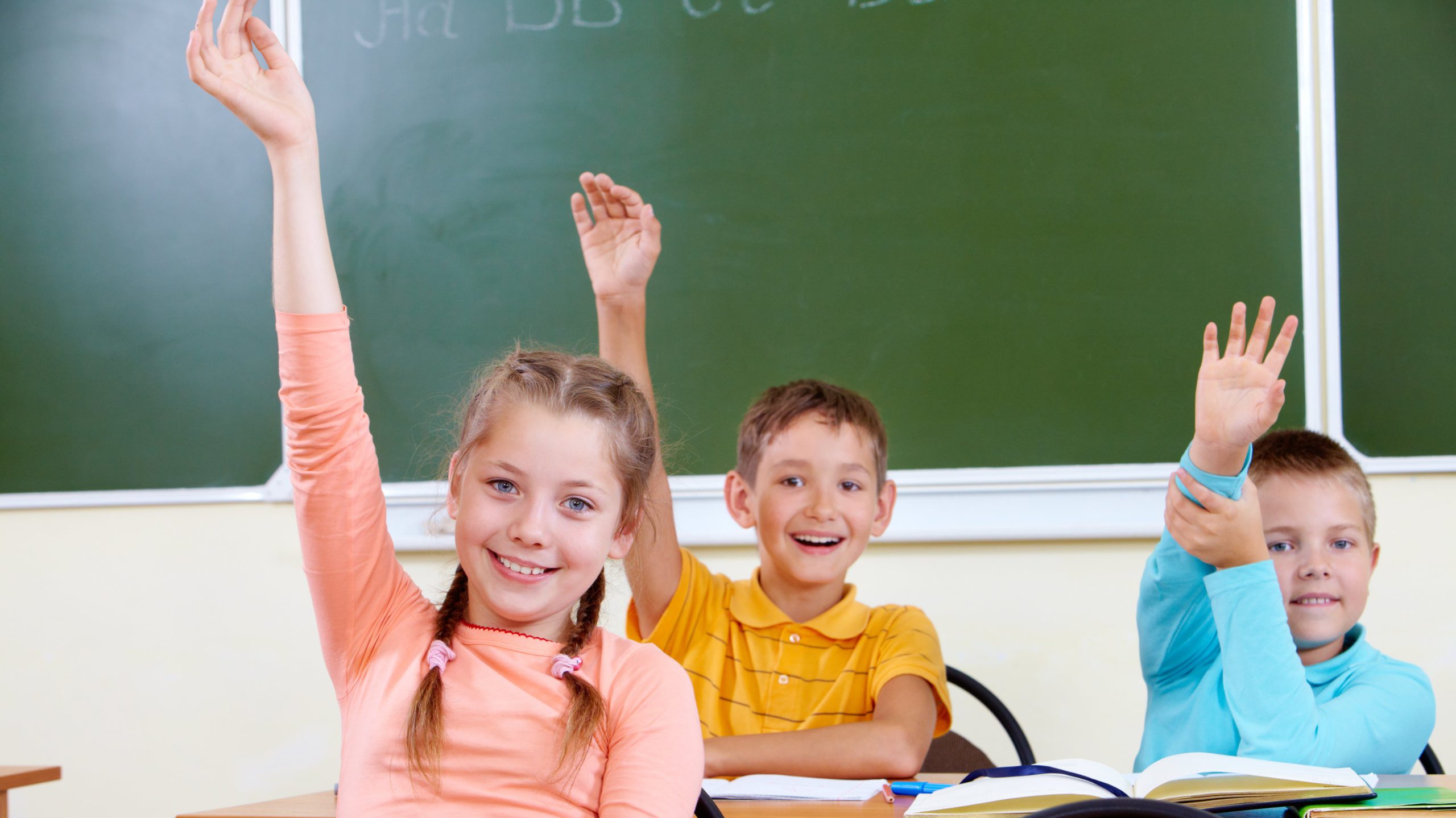
Why is Student Engagement Important?
Student engagement matters for many reasons, each contributing to a richer and more effective learning experience. Below are some of the key ways that engagement benefits both students and the overall classroom environment:
Improved Learning Outcomes
Student engagement has a direct impact on how well students learn. When students are really into what they're learning, they think more deeply about it instead of just memorizing facts for a test. They start connecting ideas, which helps them understand tough concepts and use what they know in different situations. Engaged students spend more time on their work and aren't afraid to ask for help when they need it. Research shows again and again that student engagement leads to better grades and test scores. These students don't just learn for the moment, they remember what they've learned long after the class is over.
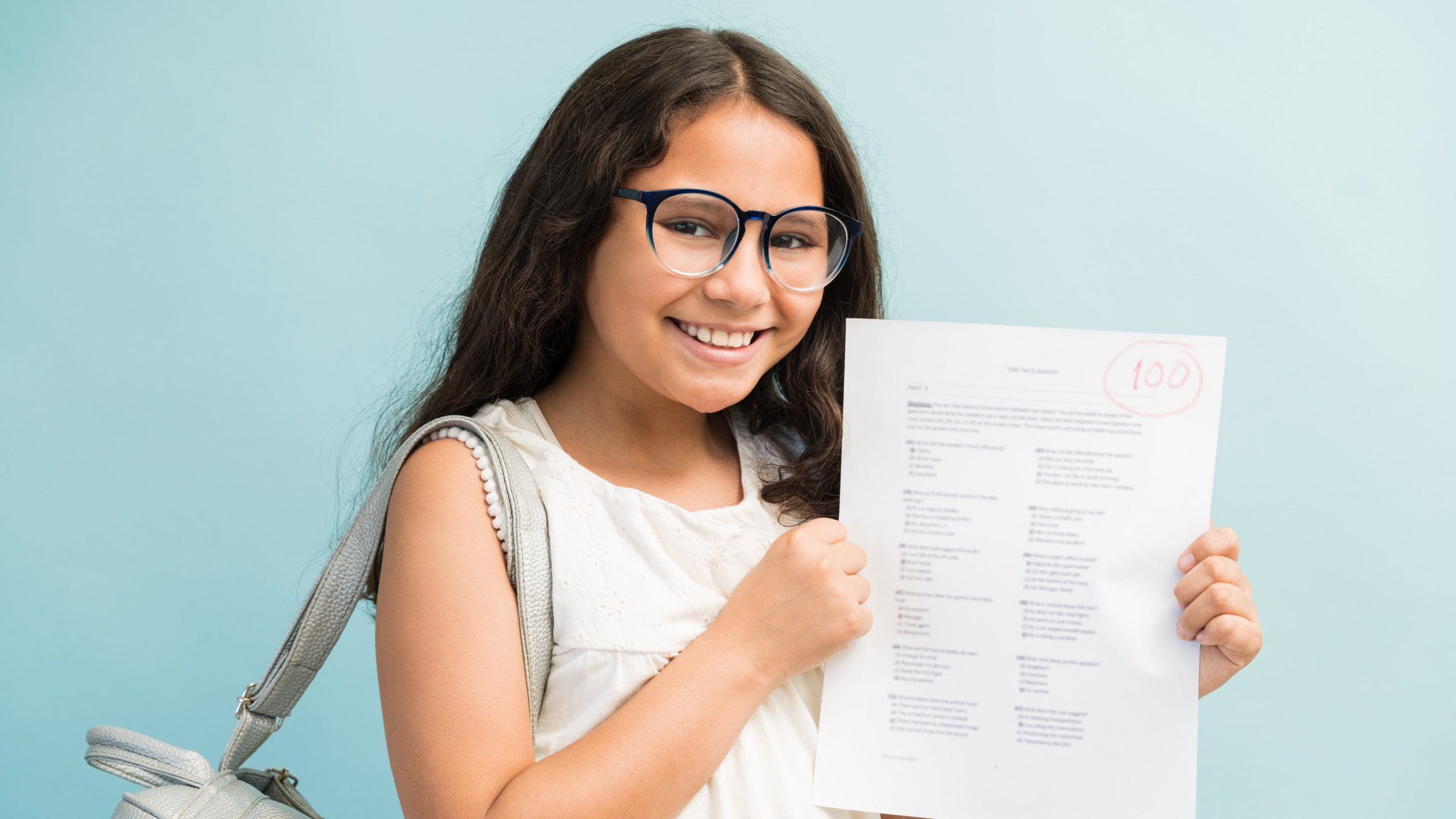
Increased Motivation and Interest
When students are engaged, they get curious about topics that might have seemed boring before. This curiosity pushes them to dig deeper and learn more, even outside of class requirements. Student engagement creates a positive cycle: interest leads to success, which makes students even more interested and motivated. Engaged students tackle challenging work with persistence instead of giving up. They feel personally connected to what they're learning, and the satisfaction of getting better at something keeps them going. This kind of motivation doesn't just help with one assignment, it makes students more excited about learning in general.
Stronger Sense of Belonging
Student engagement helps kids feel like they're really part of their school community. When students actively join in class and school activities, they build meaningful relationships with teachers and other students who support them. This sense of connection makes students feel safer sharing their ideas and taking risks with their learning. Students who feel they belong at school are much more likely to ask for help when they're struggling. The friendships formed through engaged learning create a support network that helps students through tough times and celebrates their wins. This makes them more committed to their education.
Better School Culture
Schools with lots of student engagement usually have a more positive feel. When most students are actively involved in learning, classrooms become places of curiosity and teamwork instead of boredom or disruption. Student engagement cuts down on behavior problems because kids are focused on learning activities instead of looking for attention in negative ways. Engaged classrooms build respect between students and teachers as they work together toward learning goals. This positive atmosphere spreads beyond individual classrooms to shape the whole school culture, creating a place where everyone values learning and personal growth.
The Teacher's Role in Engagement
Teachers make a huge difference in student engagement through how they teach and connect with students. Teachers who use engaging methods help students build confidence and feel optimistic about their chances for success. Good teachers create classrooms where questions are welcome, mistakes are seen as part of learning, and student voices matter. Student engagement jumps up when teachers connect lessons to practical applications and to students' personal interests. Teachers who focus on student engagement don't just help kids do better academically, they shape how students feel about learning for years to come.
Benefits of Enhancing Student Engagement
Focusing on student engagement brings a wide range of benefits, both inside and outside the classroom. Learn exactly how increased engagement supports academic achievement, student retention, personal growth, and long-term success:
Impact on Academic Performance and Outcomes
Students who are highly engaged consistently get better grades across all subjects. They put more effort and attention into their schoolwork and assignments. Engaged students do noticeably better on tests because they truly understand the material instead of just memorizing it. Student engagement builds critical thinking skills that help students solve complex problems and use what they know in new ways. These academic benefits add up over time, creating a strong foundation for ongoing success throughout school.
Connection to Student Retention and Completion Rates
Schools that work hard on student engagement see fewer kids dropping out or checking out mentally from their education. When students feel connected to learning, they're more likely to stick with it when things get tough. Student engagement helps spot struggling students early through changes in how they participate, allowing for help before they fall too far behind. Studies consistently show that schools focusing on student engagement have higher graduation rates and more students continuing their education after high school.
Building Lifelong Learning Skills
Student engagement helps develop important skills that go far beyond school. Engaged learning builds problem-solving abilities as students work on authentic challenges. Students develop better communication skills through class discussions, presentations, and group projects. Student engagement teaches information literacy how to research, evaluate sources, and combine information from different places. These skills prepare students not just for academic success but for work and personal growth throughout their lives.
Fostering Student Well-being and Motivation
Being engaged in learning activities helps students' overall mental health and attitude toward school. Engaged students have more confidence in their abilities, which helps them approach new challenges with optimism instead of worry. They bounce back better from setbacks because they've experienced the rewards of working through difficulties. Student engagement creates more positive feelings about learning, reducing stress and burnout. Engaged students tend to be healthier, happier kids who see learning as rewarding rather than painful.

Impact on Future Success
The benefits of student engagement continue long after graduation. Students who experience engaging education develop stronger problem-solving and critical thinking skills that employers value. They typically adapt better to new situations, which is increasingly important in today's changing workplaces. Student engagement builds teamwork and communication abilities that are essential in most jobs. These students often keep their curiosity and love of learning throughout adulthood, making them more likely to continue growing professionally.
Strategies for Promoting Student Engagement
While there are many effective ways to foster student engagement in the classroom, the following student engagement strategies highlight practical approaches teachers can use to create a more interactive, personalized, and collaborative learning environment.
Active Learning Approaches
Hands-on activities turn abstract ideas into concrete experiences that students can touch and understand. Teachers should include problem-solving tasks that ask students to use what they've learned, not just remember it. Encouraging students to ask questions changes the classroom from passive listening to active exploration. Student-led discussions get kids more invested as they take ownership of exploring ideas together. Using practical examples makes learning more relevant by showing students how classroom topics connect to their lives. These active approaches create learning experiences that stick with students long after the lesson ends.
Here are a few practical examples:
- During a science lesson, students participate in a hands-on lab where they manipulate materials, observe results, and record their findings in groups, making the learning experience interactive and memorable.
- In an English class, students work together to annotate a printed text or a passage on chart paper, highlighting key passages, asking questions, and leading a group discussion to deepen their understanding.
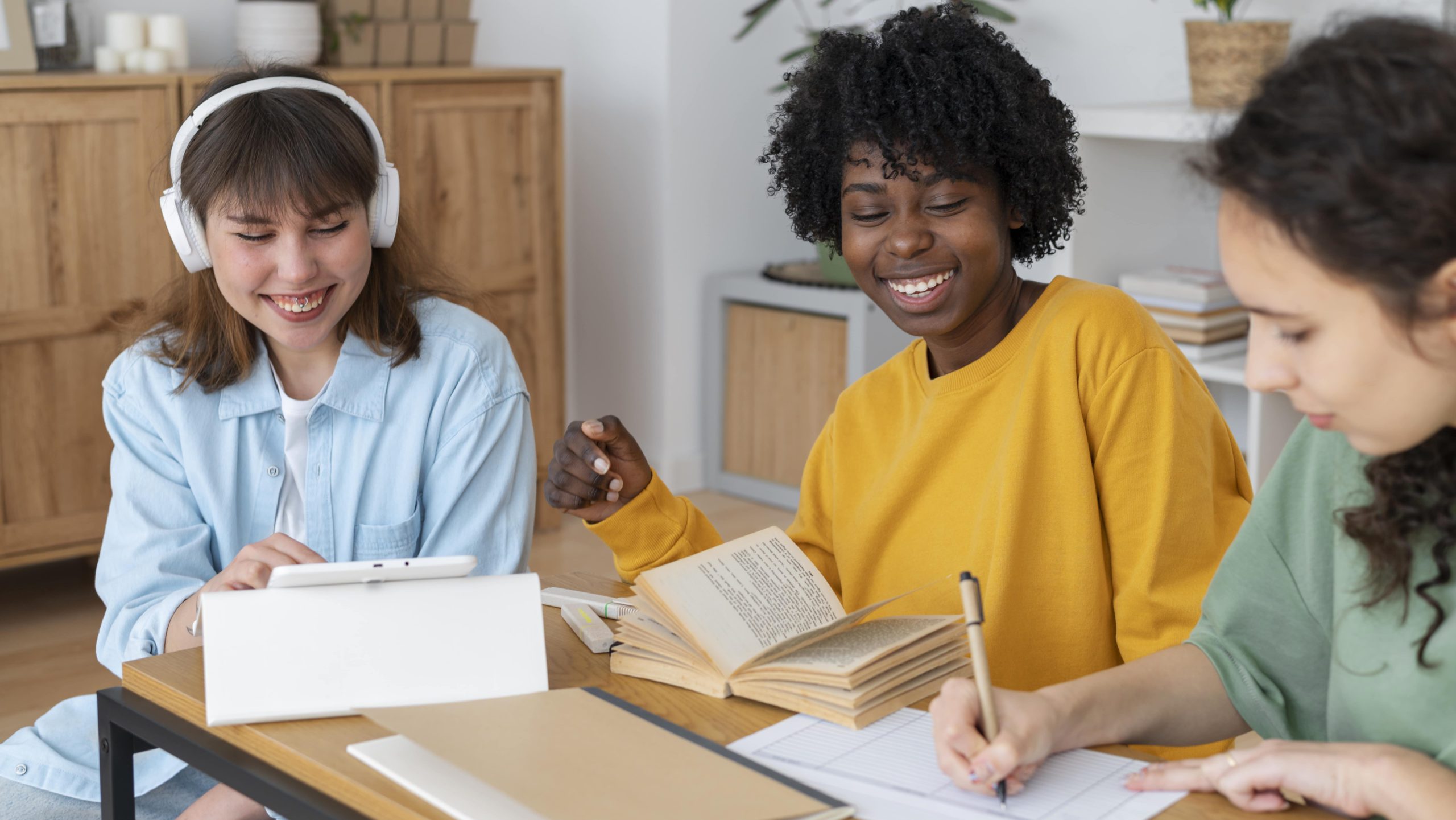
Personalized Learning Pathways
Good teachers adjust their lessons to fit the different interests, backgrounds, and learning needs in their classroom. Students learn better when they can set their own goals and track how they're doing. Giving meaningful choices about how to learn something or show what they know increases student buy-in. Regular check-ins help teachers see what each student understands and adjust teaching accordingly. Student engagement goes up when learners feel seen as individuals with their own needs and interests rather than just part of the crowd.
Here are a few practical examples:
- A teacher provides students with individual goal-setting sheets and encourages them to track their progress and reflect on their learning journey, meeting regularly for check-ins and feedback.
- For a math unit, students choose from a variety of practice activities–such as worksheets, hands-on manipulatives, or peer tutoring–allowing them to select the methods that best suit their learning preferences.
Collaborative Learning Environments
Group projects let students learn from each other while building teamwork skills they'll need later in life. Structured conversations help students put their understanding into words, question assumptions, and consider different viewpoints. Building a classroom where students feel safe taking risks and sharing ideas creates the right environment for true engagement. Student engagement thrives when learners support each other through feedback, interactive learning, and working together to solve problems. This approach recognizes that learning is social and that students often engage more deeply when working with peers.
Here are a few practical examples:
- The class is divided into teams to tackle a project. Each group brainstorms ideas on poster paper, assigns roles, and creates a shared presentation or display, ensuring everyone contributes and learns from one another.
- During a debate, students present arguments and counterarguments in front of the class, using visual aids or notes to support their points, while team members provide feedback and help refine each other’s ideas.
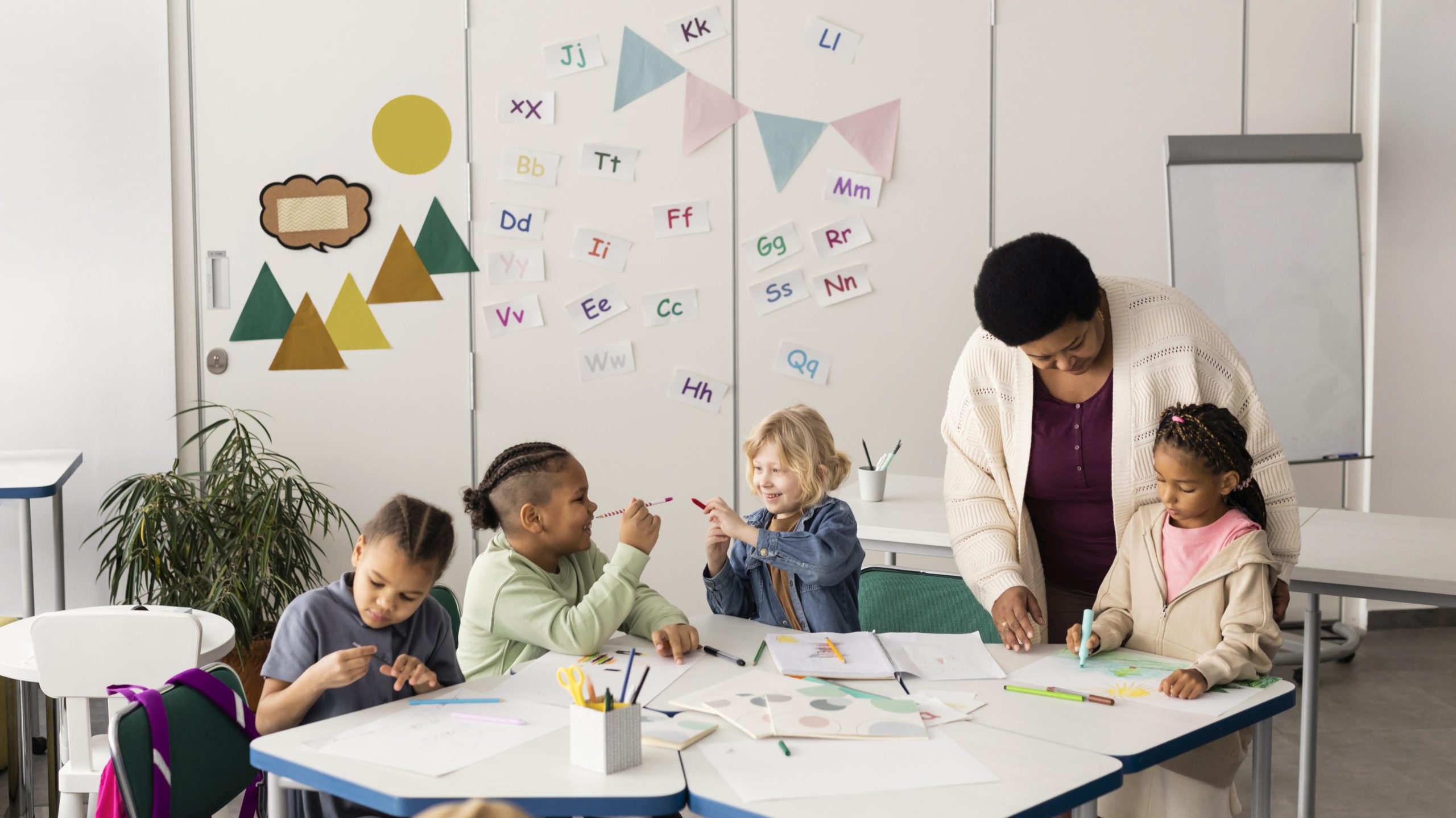
Technology-enhanced Engagement
Interactive tech tools like simulations and educational games can make abstract concepts concrete and hands-on for students. Digital platforms allow students to work at their own pace and level. Tech-based projects let students show what they know through presentations and creative digital work. Online discussions give quieter students space to participate fully. Technology in the classroom can also gather immediate feedback about student understanding, helping teachers adjust to maintain engagement in the classroom. These approaches, including the SAMR model, don't replace good teaching but add new ways for students to interact with content and show their learning.
Here are a few practical examples:
- The teacher incorporates educational games, simulations, or interactive activities that allow students to engage with concepts in a hands-on way, providing immediate feedback and opportunities for adjustment during the lesson.
- For a history lesson, students participate in a structured classroom discussion or use exit tickets to share their thoughts and respond to classmates’ ideas, ensuring that every voice is heard and understanding is quickly assessed.
Use the Vibe Board S1 to Bring Lessons to Life
Today’s classrooms are evolving to meet the needs of learners, embracing technology to make learning more interactive, collaborative, and engaging for every student. Tools like the Vibe Board S1 ease this transformation, empowering teachers to create dynamic lessons that invite participation, creativity, and real-time feedback-whether students are in the room or joining remotely. By integrating seamlessly with familiar apps and offering an intuitive, multi-touch interface, the Vibe Boards bridge the gap between digital learning and hands-on exploration, helping educators bring proven engagement strategies to life in any learning environment.
Create Hands-on Learning Experiences
The Vibe Board S1’s ultra-responsive, multi-touch surface lets multiple students write, draw, and annotate simultaneously, making group science labs or collaborative text analysis more interactive and engaging. Students can see each other’s thinking unfold in real time with whiteboarding tools, deepening understanding and turning activities like diagram labeling or group brainstorming into truly hands-on experiences.
Encourage Collaboration from Anywhere
With Vibe Board S1’s real-time cloud-based shared canvas, students working on group projects or debates can contribute ideas and edits from any device, whether they’re in the classroom or remote. This seamless connectivity ensures that every student’s voice is included and visible, enhancing teamwork and making it easy to organize, assign roles, and build shared presentations together.
Connect Lessons to Real-world Tools
Vibe Board S1’s integration with Google Workspace, Microsoft 365, and over 200 popular applications means students can pull up, edit, and save goal-setting sheets or practice materials right from the board. This allows for easy progress tracking and personalized learning choices, while helping students build familiarity with the digital tools they’ll use beyond the classroom.
Make Instruction More Dynamic
With split-screen mode on this interactive whiteboard for classroom, teachers can present lesson content on one side while capturing student input, peer feedback, or exit ticket responses on the other. Built-in templates and annotation tools make it easy to highlight key points, organize debates, and facilitate structured discussions, ensuring lessons remain interactive, engaging, and responsive to student needs without interrupting the flow of teaching.
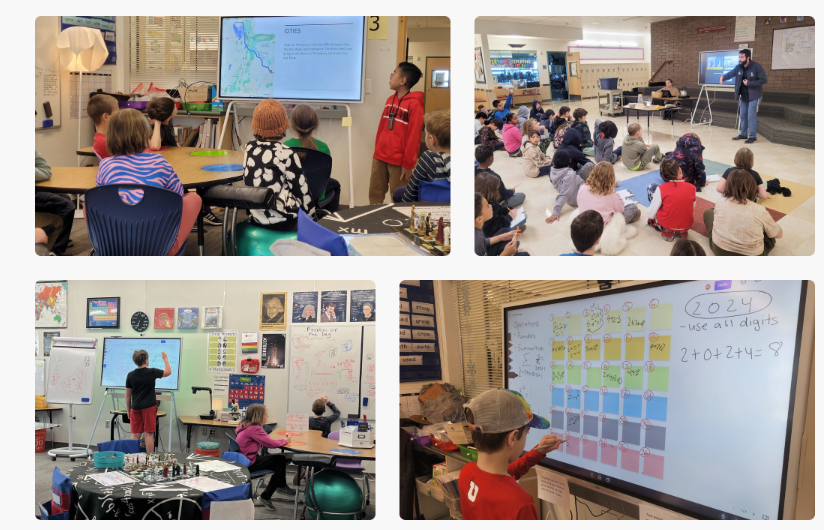 Four images showing Vibe interactive whiteboard integration in classrooms enhancing student engagement through collaborative learning activities and digital interaction.
Four images showing Vibe interactive whiteboard integration in classrooms enhancing student engagement through collaborative learning activities and digital interaction.Bring Learning to Life with Interactive Technology
Student engagement is one of the most important factors in school success, affecting everything from grades to personal well-being and future opportunities. By using active learning approaches, personalized paths, collaborative environments, and thoughtful technology use, teachers can greatly increase how connected students feel to their learning. Want to make your lessons more interactive and engaging? Learn more about the Vibe Board S1 and see how it can support student engagement.





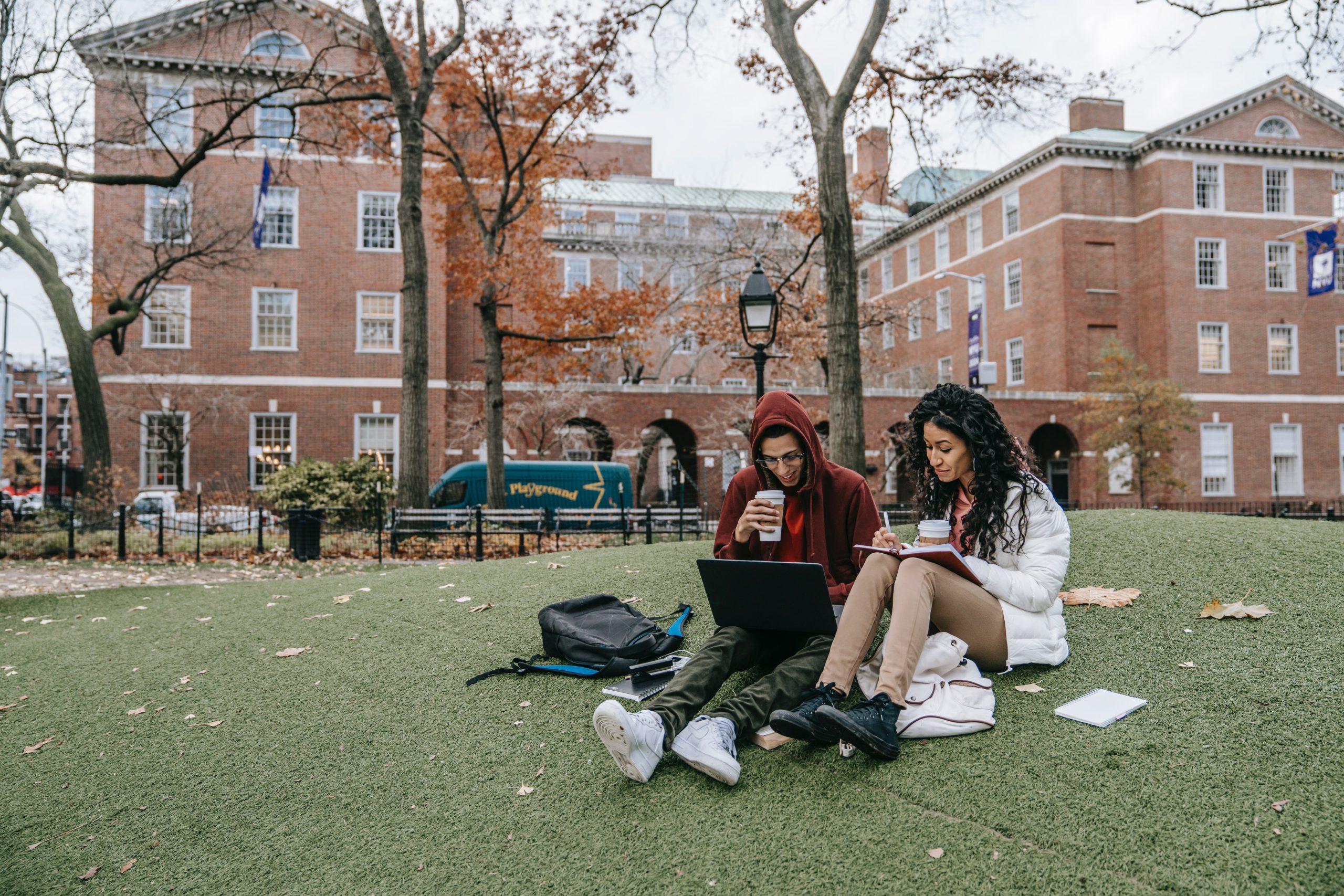
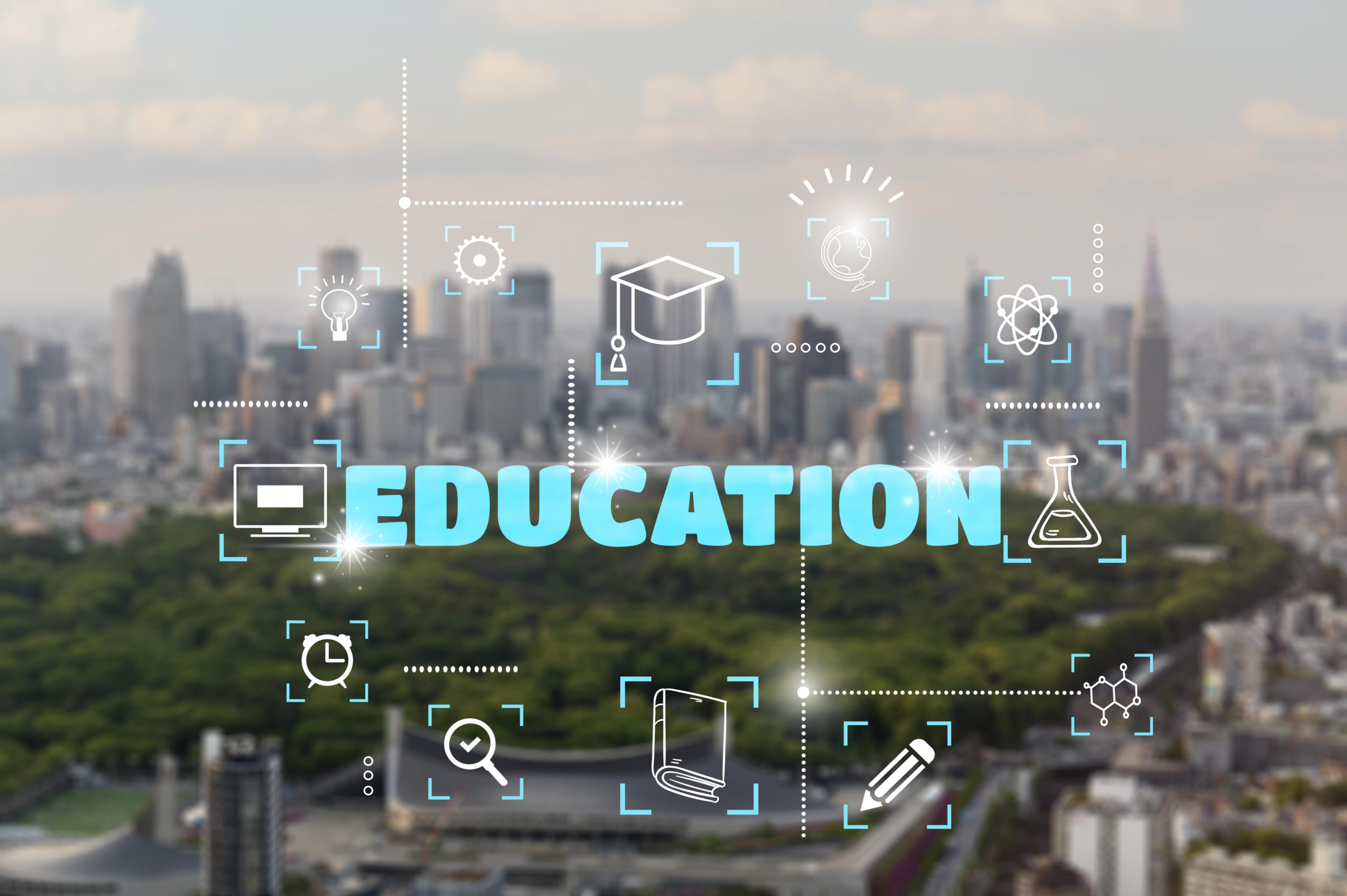
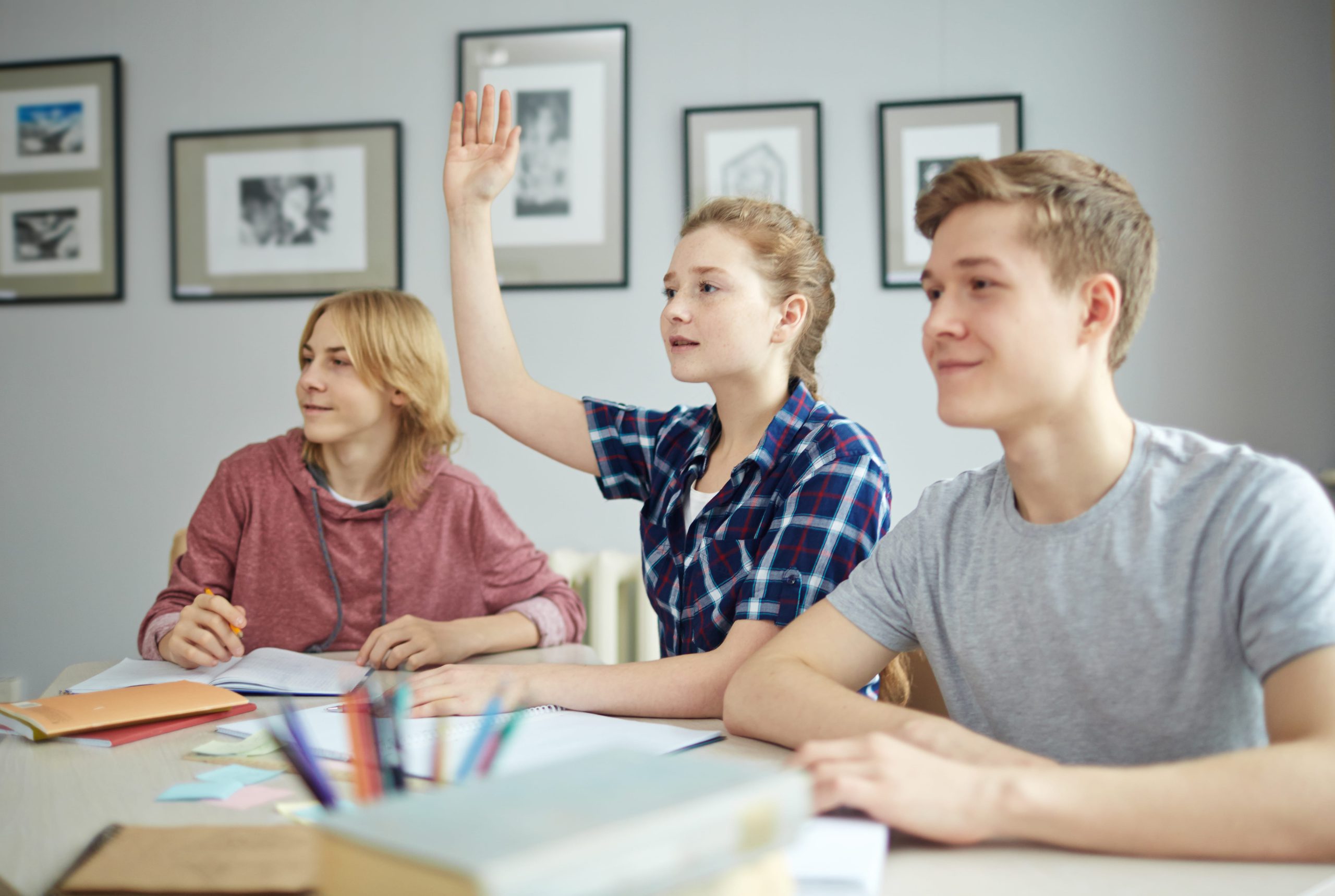

-1sbltxxq4FYxHrXrwJVLsCDNsXpqNa.webp)
-5Zp0pmSytvcuYDVs1LvuwplKuRneK0.webp)
